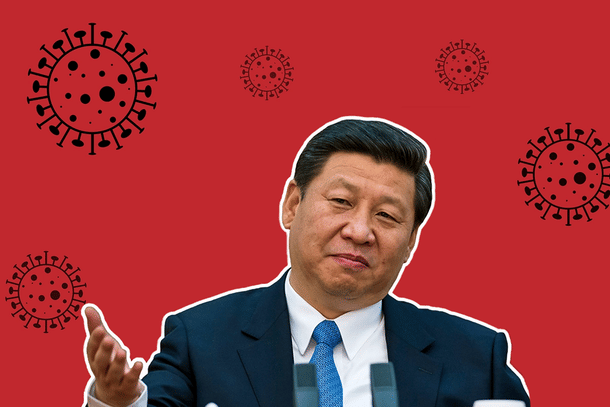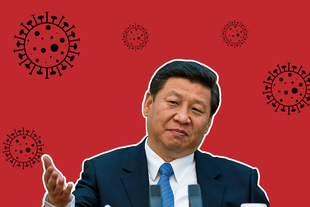News Brief
China’s Covid-Zero Lockdowns Are Here To Stay
Swarajya Staff
Nov 07, 2022, 04:18 PM | Updated 05:46 PM IST
Save & read from anywhere!
Bookmark stories for easy access on any device or the Swarajya app.


President Xi Jinping is unwilling to give up on Covid-zero lockdowns.
On the weekend (5 November), Chinese health officials announced that they were not planning to relax any Covid-zero restrictions.
The prior week, Chinese stocks were on a victory run, with markets anticipating the end of Covid-zero lockdowns, given the disruption to economic activities and supply chains.
Speaking at a conference, the officials stated that they would ‘unswervingly’, stick to the policy of Covid-zero lockdowns, as reported by Nikkei Asia.
China’s Covid-zero lockdowns have been infamous for the long quarantine periods, pressure from the local governments to keep the cases to a bare minimum, and administrative suppression.
Markets were hoping for a change in policy after the political coronation of Xi for a third-term in October. However, as per the report, there has been no official confirmation of any discussions for changes and the restrictions will not ease until sometime next year, in 2023.
Beyond the economic consequences of Covid-zero lockdowns, discontent has been brewing amongst the citizens after the death of a three-year-old boy in a quarantined residential compound.
Citizens also have to queue up, several times each week, to get negative Covid tests in order to access their workplaces and other public utilities.
Tuo Jia, a National Health Commission official, speaking over the death of the boy, acknowledged the issues with the Covid-zero lockdowns. Further, he added that the local governments must balance economic resurgence with Covid controls, avoiding a one-size-fits-all approach.
China’s Covid cases continue to haunt the Xi regime. On 4 November, close to 3,500 cases were reported, with over 3,000 tested reporting no symptoms of the virus.
In Guangzhou, for instance, subway services were suspended for three days as the officials embarked on mass-testing of over 1.8 million people.
Recently, ahead of the National Congress, images and videos have surfaced online from Beijing calling for the removal of Xi, calling him a traitor and a dictator for the Covid-zero lockdowns.
Censors then penalised social media users, suspending accounts at will, who shared the protest images.
The protest, however, was restricted to a single fire and two handwritten banners hung from an overpass. One of the banners, images of which made it to Twitter, read ‘We don’t want figureheads, we want to vote, don’t be a slave but a citizen'.
Thousands of WeChat users shared these images on their profiles, only to find themselves locked out of the platform permanently.
In early September, in China, more than 3,200 locations were tagged as ‘medium to high risk’, with some Covid-19 restrictions in place.
On 1 August, the number was a little less than 1,100.
Only this year, since 10 March, Shanghai has been under full or partial lockdown for 92 days, Dalian for 64, Beijing for 57, Changchun for 55, Jinan for 46, Tangshan for 34, Xuzhou for 30, Nanchang for 26, Taiyuan for 24, and Wuxi for 20.
Also Read:





